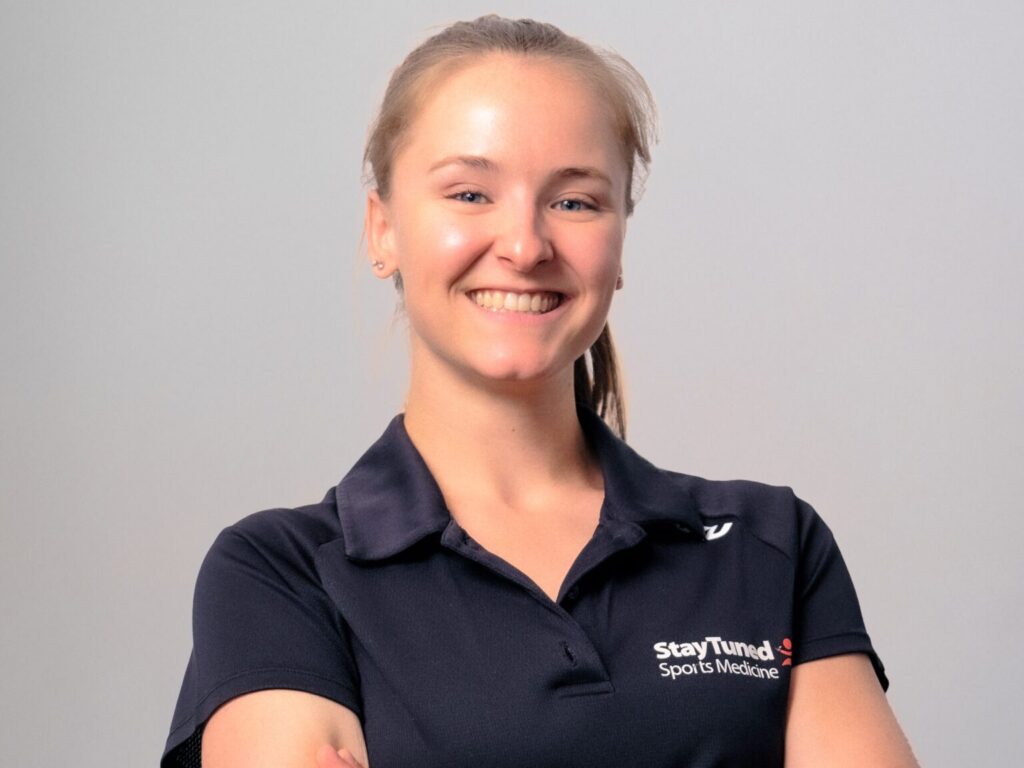Isometric exercises are the first step in recovering from tendon injuries and tendinopathies and are often overlooked, so here is why you should do this important step to get stronger, healthier tendons with a lower risk of reinjury.
Why Isometrics Matter in Tendon Rehab
Isometric exercises involve a strong and controlled muscle contraction without any joint movement and are often included in tendinopathy rehab plans for achilles, patellar and rotator cuff tendinopathies, among other regions.
Isometrics have been shown to restore tendon health, reduce pain, and re-establish strength and function during the rehabilitation process, and here is how:
- Pain Modulation: If completed at a moderate to high intensity, it can immediately produce a analgesic, or pain relieving effect during daily activity if completed regularly. This pain relief helps to allow more functional loading and progressed exercises without aggravating the weakened tendons.
- Maintains Muscle Strength: During early phases of injury, isometrics can be the least aggravating way to maintain the strength of a muscle with the lowest risk to the area. This is because of the activation without movement, which limits the stress on a joint and surrounding structures while still encouraging use of that muscle. This also promotes what is called neuromuscular activation, or that brain to muscle connection, which promotes better motor control and a healthier muscle-tendon unit behaviour.
- Tendon Remodelling: In regard to tendon healing, these isometric exercises contribute to mechanical stimulation required to heal and remodel the irritated tendons. Tendons respond to load through a process called mechanotransduction, in which cells convert mechanical stimuli into biochemical signals, which promotes a realignment of the collagen fibres in the tendon and increase tendon stiffness and tensile strength over time. This means the tendon can handle higher loads and significantly reduces the risk of reinjury.
Adapting Isometric Training for Every Stage of Recovery
Best part about isometric training is how it can easily be modified to suit every individual’s tolerance levels and strength and be implemented as prevention and at all stages of the rehabilitative process! It can be a transition tool, bridge gaps between phases of healing or help load the body ready for eccentric, dynamic or even plyometric training phases depending on patient’s goals or lifestyles.
To sum it up, never skip isometric training after tendon pain and even consider adding it into your usual training routine if you want that well rounded training plan under the guidance of a health professional or personal trainer. When working with your Osteopath, early introduction of isometrics can assist in promoting a quicker and more effective rehab loading plan and get you to your goals faster and safer with less pain.
Dr Amy Welsh
Osteopath & Group Exercise Rehab Instructor


